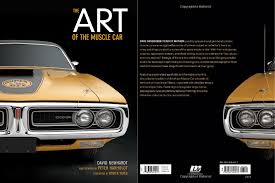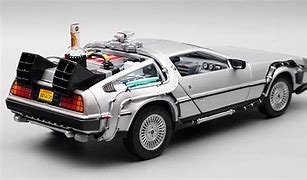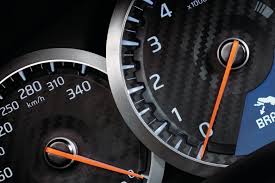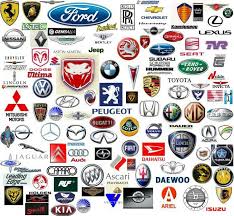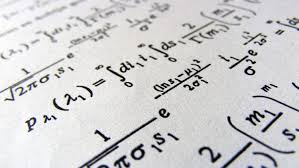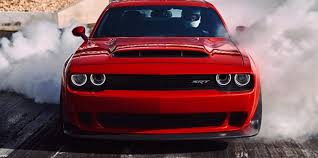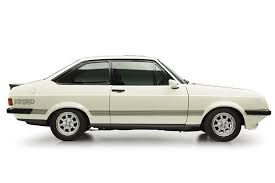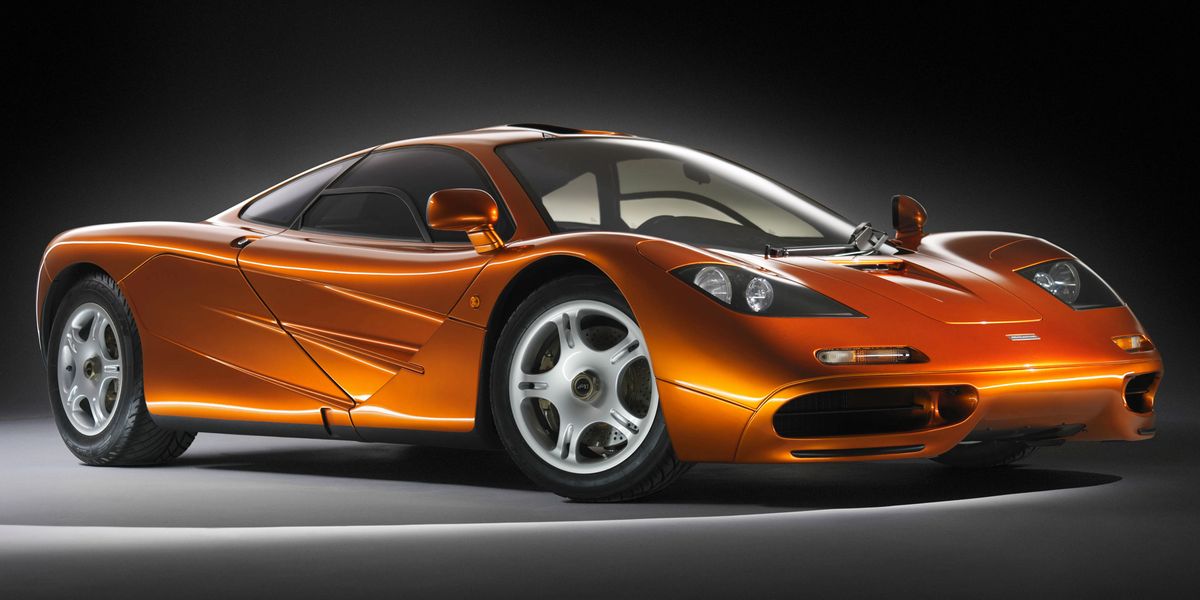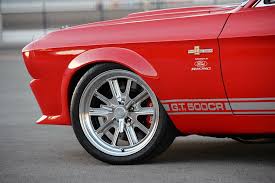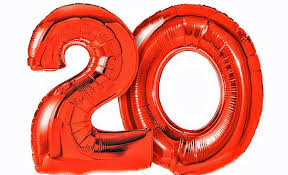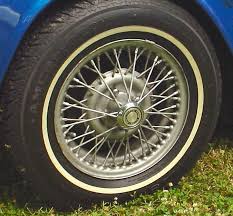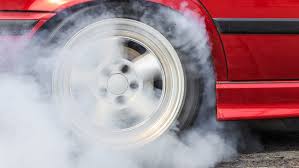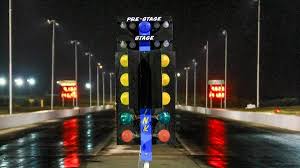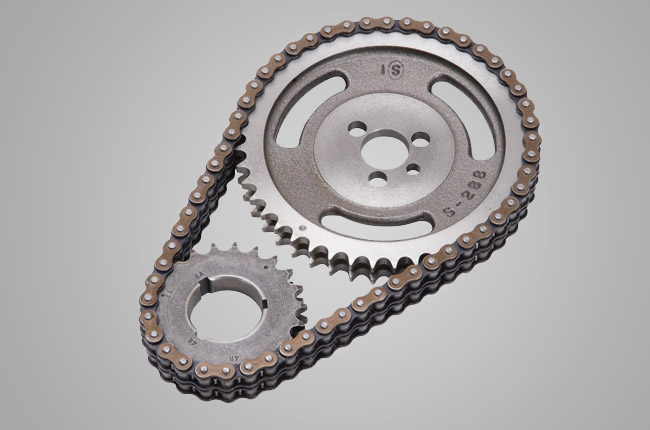
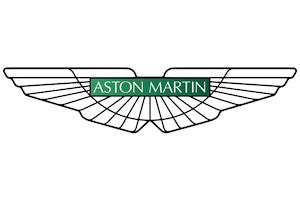

This edition of the Aston-Martin DB9 5.9 V12 is the 6 speed / Manual version and was first brought out in 2003. This was at around the same time as the introduction of the 2004 Westfield Sport 2000S and the 2004 Mitsubishi Lancer Evo VIII MR FQ 400.This particular Aston-Martin DB9 has a 5935cc Naturally Aspirated Petrol powerplant with 12 cylinders in a V formation.
The DB9 shares its Petrol V12 engine configuration with the likes of the 2021 Aston-Martin Valkyrie Spider 6.5 V12 and the 2021 Aston-Martin Valkyrie Coupe 6.5 V12. If you're looking for other fast cars which share the DB9's Rear Wheel Drive, Coupe combination then how about the 1982 Fiat X1/9 1.5 8V or the 1965 Aston-Martin DB6 1965.
Weighing in at 1800 kgs (3968 lbs) this makes the Aston-Martin DB9 5.9 V12 in the same weight category as the 2022 Aston-Martin Vantage V12 5.2 Twin Turbo or the give or take 50kg.
In terms of power the 5935cc 48V V12 engine produces 450 bhp (335 kW) @ 6000 rpm similar to the 2023 Porsche Cayenne S 4.0 V8 Turbo (467 bhp) or the 2023 Porsche Cayenne Coupe S 4.0 V8 Turbo (467 bhp).
The Naturally Aspirated V12 throws out 420 lb-ft (569.4 Nm) @ 5000 rpm placing it with cars of similar torque performance figures such as the 2024 Ford Mustang Dark Horse 5.0 V8 (418 lb-ft) or the 2023 Porsche Cayenne S 4.0 V8 Turbo (443 lb-ft).
If one combines the weight with power or torque performance for the Aston-Martin DB9 you can get a better idea of it's real world performance.
![BMW 6 Series M6 Gran Coupe 4.4 V8 F06 - [2015] image BMW 6 Series M6 Gran Coupe 4.4 V8 F06 - [2015] image](/editionimages/1693.jpg)
The 2015 BMW 6 Series M6 Gran Coupe 4.4 V8 F06 (274.7 bhp per ton) has similar Bhp Per Ton stats as the Aston-Martin DB9.
The Aston-Martin DB9 has a Power to weight ratio of 250.0 bhp per ton and 233.3 lb-ft per ton. Bhp Per Ton figures of the 2003 DB9 competing with the 2015 BMW 6 Series M6 Gran Coupe 4.4 V8 F06 (274.7 bhp per ton) or the 2020 Porsche Boxster GTS 4.0 PDK 982 (274.5 bhp per ton).
If you agree with the late great Carroll Shelby then arguably an even better indicator of potential performance, Torque. Use weight as well and you end up with - Torque per ton, with the Aston-Martin DB9 generating around 233.3 lb-ft per ton. If you're curious as to what other cars have as much torque to weight then look no further than the 2013 BMW 4 Series M4 (258.2 lb-ft per ton) or the 2021 BMW 3 Series M3 Competition 3.0 Bi Turbo xDrive G80 (258.2 lb-ft per ton).
With a 0-60mph time of 5.00 secs or a 0-100km/h (0-62mph) of 5.2 secs, this made the Aston-Martin DB9 5.9 V12 as fast as the 2023 Toyota Corolla GR Circuit Edition 1.6 Turbo (5.00 secs) the 2022 Toyota Corolla GR 1.6 Turbo (5.00 secs) the 2022 Honda Civic Type R 2.0 Turbo FL5 (5.00 secs) the or the 2020 Mini Cooper John Cooper Works GP (5.00 secs). This Aston-Martin DB9 5.9 V12 is also faster than the 2018 Alfa-Romeo Giulia Ti 2.0 Turbo (5.10 secs) the 2018 Alfa-Romeo Giulia Q4 2.0L Turbo (5.10 secs) the 2017 Dodge Charger Daytona 5.7 V8 370 (5.10 secs) the and the 2017 Audi A6 3.0T Competition (5.10 secs).
When talking about the performance of the Aston-Martin DB9 on the drag strip it can reach a quarter mile in an estimated 12.93 secs @ 105.8 mph. Similar performance down the quarter mile can be found with the the 2016 Maserati Quattroporte 3.0 V6 Biturbo (12.88 secs), the 1970 Ford Torino 2nd Gen Cobra SportsRoof Boss (12.89 secs), and the 1989 Ferrari 348 tb (12.89 secs).
Modern performance cars are often artificially restricted to 155mph. The 2003 version of the Aston-Martin DB9 5.9 V12 has a maximum speed of 186mph.
If maxing out your car on the AutoBahn is your thing and you're wondering what's faster than the 2003 Aston-Martin DB9 5.9 V12 then how about the 2013 Nissan Skyline GT-R Pure Edition R35 (197 mph), the 2012 Nissan Skyline GTR R35 (197 mph), or the 2012 Audi R8 Plus S-Tronic 5.2 V10 (197 mph).



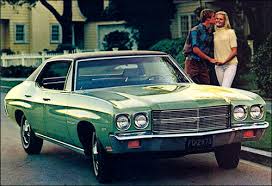

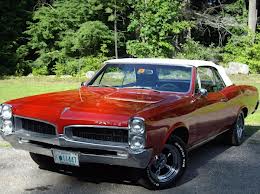

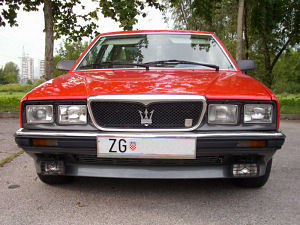


Toyota Celica GT Four ST185
Engine: Turbo Petrol | 1998cc 16v St4
Top Speed: 140 mph
0-60mph: 7.50 seconds

Porsche 911 3.8 Speedster
Engine: Naturally Aspirated Petrol | 3800cc 24v F6
Top Speed: 305.7 kph
0-100kph: 4.5 seconds
